January 4, 2015
 Western Red Cedar Wood certainly has played its part in the history of wood products. It has over a century long history in Europe and North America and is well respected by all who have used it. Cedars reputation for being a naturally durable wood makes it perfect for all outdoor projects. Because Western Red Cedar is only ecologically grown from sustainable forests, in recent years it has gained even more popularity.
A Little History: Western Red Cedar
Western Red Cedar or Thuja Plicata is an evergreen tree commonly found in Pacific Northwest of North America. Although it is not a true cedar, the tree was very popular with Native Americans who used it in almost every part of their daily lives. In fact, some Native American tribes refer to themselves as ‘people of the red cedar’ as they were dependent on the tree for most of their basic materials. Apart from Native Americans, the tree was found to have historical significance since it has been in use for 4,000 years. Archaeologists have found evidence of Western Red Cedar use in native societies as far back as 8,000 years.
Native Tribal Uses
According to researchers, the tree was used extensively wherever it grew in North America. Evidence of Western Red Cedar use has been found in British Columbia, Alaska, Washington and Oregon. Excavations showed that the wood was used in native societies extensively. The natives used the cedar wood to create bark baskets, tools, weapons and to cook off of it such as a grilling plank.
In fact, the Western Red Cedar was referred to as ‘the cornerstone of the Northwest Coast aboriginal culture.’ Several tribes along the coast line use the wood to create dugout canoes, bentwood boxes, and furniture. The branches were flexible with good tensile strength and they were used to make fishing cords, bows, and arrows. Thinner rods were used to make rope cores, twine, etc..
In most areas, Western Red Cedar bark was used to make clothes, mats, ropes, and cordage. In some areas, the women of the tribe adapted the bark to make rain hats and baskets. The Coast Salish tribes were so dependent on the tree that they created a legend about its origin. According to the legend, the tree was gifted to the tribe by the Great Spirit. The Great Spirit declared that the cedar would be useful to the people for making baskets, weapons, clothing, and shelter.
Appearance of the Western Red Cedar Tree
Western Red Cedar is a huge tree that can grow up to 60 meters tall. The branches droop down with the longest branches at the base. The tree tapers as it grows upward. The leaves are scale-like and grow in opposite pairs in four rows, almost shingle-like in appearance. Seed cones are produced and they are egg-shaped and one cm long.
The tree prefers moist wet soils, a cool and mild climate, and it is tolerate of shade and sunlight. It is extremely long-lived with some trees having a lifespan of 1,000 years or more. Currently, most Western Red Cedar trees are located on the wet belt of the Pacific Northwest Coast.
Modern Day Applications: Western Red Cedar
Western Red Cedar Wood certainly has played its part in the history of wood products. It has over a century long history in Europe and North America and is well respected by all who have used it. Cedars reputation for being a naturally durable wood makes it perfect for all outdoor projects. Because Western Red Cedar is only ecologically grown from sustainable forests, in recent years it has gained even more popularity.
A Little History: Western Red Cedar
Western Red Cedar or Thuja Plicata is an evergreen tree commonly found in Pacific Northwest of North America. Although it is not a true cedar, the tree was very popular with Native Americans who used it in almost every part of their daily lives. In fact, some Native American tribes refer to themselves as ‘people of the red cedar’ as they were dependent on the tree for most of their basic materials. Apart from Native Americans, the tree was found to have historical significance since it has been in use for 4,000 years. Archaeologists have found evidence of Western Red Cedar use in native societies as far back as 8,000 years.
Native Tribal Uses
According to researchers, the tree was used extensively wherever it grew in North America. Evidence of Western Red Cedar use has been found in British Columbia, Alaska, Washington and Oregon. Excavations showed that the wood was used in native societies extensively. The natives used the cedar wood to create bark baskets, tools, weapons and to cook off of it such as a grilling plank.
In fact, the Western Red Cedar was referred to as ‘the cornerstone of the Northwest Coast aboriginal culture.’ Several tribes along the coast line use the wood to create dugout canoes, bentwood boxes, and furniture. The branches were flexible with good tensile strength and they were used to make fishing cords, bows, and arrows. Thinner rods were used to make rope cores, twine, etc..
In most areas, Western Red Cedar bark was used to make clothes, mats, ropes, and cordage. In some areas, the women of the tribe adapted the bark to make rain hats and baskets. The Coast Salish tribes were so dependent on the tree that they created a legend about its origin. According to the legend, the tree was gifted to the tribe by the Great Spirit. The Great Spirit declared that the cedar would be useful to the people for making baskets, weapons, clothing, and shelter.
Appearance of the Western Red Cedar Tree
Western Red Cedar is a huge tree that can grow up to 60 meters tall. The branches droop down with the longest branches at the base. The tree tapers as it grows upward. The leaves are scale-like and grow in opposite pairs in four rows, almost shingle-like in appearance. Seed cones are produced and they are egg-shaped and one cm long.
The tree prefers moist wet soils, a cool and mild climate, and it is tolerate of shade and sunlight. It is extremely long-lived with some trees having a lifespan of 1,000 years or more. Currently, most Western Red Cedar trees are located on the wet belt of the Pacific Northwest Coast.
Modern Day Applications: Western Red Cedar
- The wood is very popular in the outdoor structure industry such as pergolas, furniture and gazebos as it is lightweight and durable. The timber is a unique soft red-brown in color and has a warm feel to it.
- It is valued for its high natural resistance and decay properties. The natural wood tannins present in the tree prevent the tree from rotting and preserve the wood efficiently. This feature also makes the wood ideal for high humidity areas like hot tub and sauna frames.
- Wood planks are commonly used as house siding and interior paneling. The natural tannins also give off a very strong odor that repels pests such as termites and prevents damage to the house.
- Unfinished cedar weathers to a silvery-gray color and the knots in the wood tend to darken in color. As a result, the wood is preferred for outdoor furniture. However, it readily accepts almost any exterior paint finish.
- The wood also has an extremely high thermal co-efficient. That means products such as greenhouses and conservatories will insulate better in the winter but remain cooler in the summer.
January 4, 2015
-
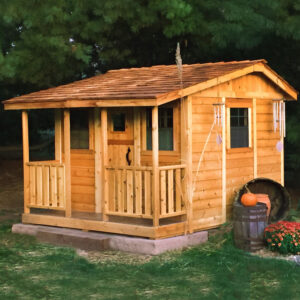
-
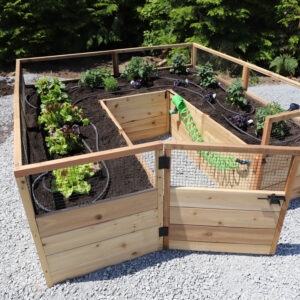 On SaleSale!%Off10Save $121121$10%121$On SaleSale!%Off10Save $121121$10%121$
On SaleSale!%Off10Save $121121$10%121$On SaleSale!%Off10Save $121121$10%121$ -
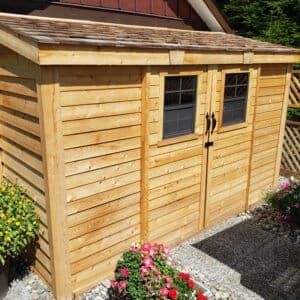 On SaleSale!%Off10Save $385385$10%385$On SaleSale!%Off10Save $425425$10%425$On SaleSale!%Off10Save $466466$10%466$On SaleSale!%Off10Save $457457$10%457$On SaleSale!%Off10Save $428428$10%428$On SaleSale!%Off10Save $385385$10%385$On SaleSale!%Off10Save $466466$10%466$
On SaleSale!%Off10Save $385385$10%385$On SaleSale!%Off10Save $425425$10%425$On SaleSale!%Off10Save $466466$10%466$On SaleSale!%Off10Save $457457$10%457$On SaleSale!%Off10Save $428428$10%428$On SaleSale!%Off10Save $385385$10%385$On SaleSale!%Off10Save $466466$10%466$ -
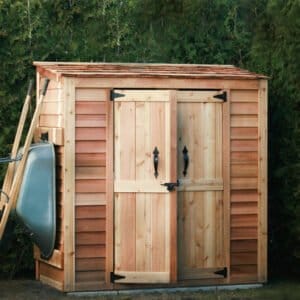 On SaleSale!%Off20Save $353353$20%353$On SaleSale!%Off20Save $377377$20%377$On SaleSale!%Off20Save $353353$20%353$
On SaleSale!%Off20Save $353353$20%353$On SaleSale!%Off20Save $377377$20%377$On SaleSale!%Off20Save $353353$20%353$ -
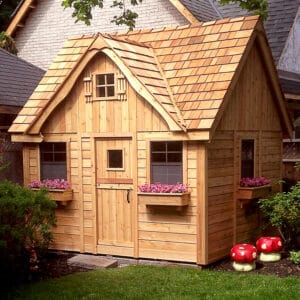
-
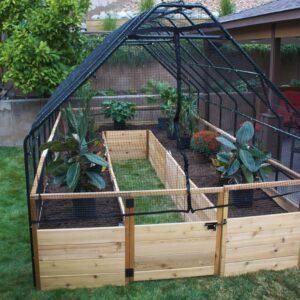 On SaleSale!%Off10Save $270270$10%270$On SaleSale!%Off10Save $270270$10%270$
On SaleSale!%Off10Save $270270$10%270$On SaleSale!%Off10Save $270270$10%270$
